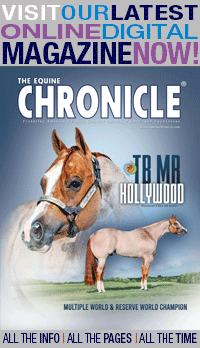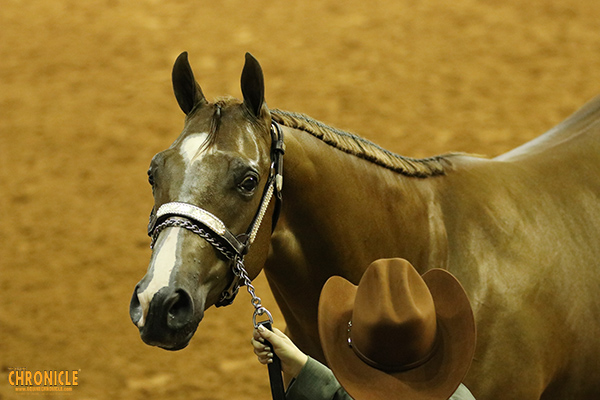Winter Weather- A Guide to Blanketing Horses
December 3, 2021 Comments Off on Winter Weather- A Guide to Blanketing Horses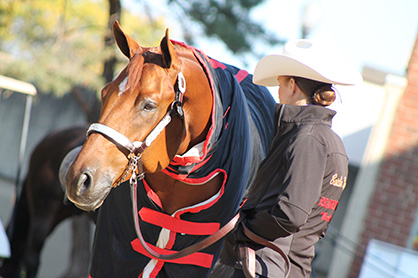
Do you know the degree of blanket warmth your horse may need and when? Refer to this easy-to-reference chart to help as a guide. But keep in mind, a 50° winter day will feel much different to a Miami horse vs. a Milwaukee horse, so blanket accordingly as needed.
Continue reading …Set Your Horses Up for Success When Leaving Your Farm For the Holidays
December 1, 2021 Comments Off on Set Your Horses Up for Success When Leaving Your Farm For the Holidays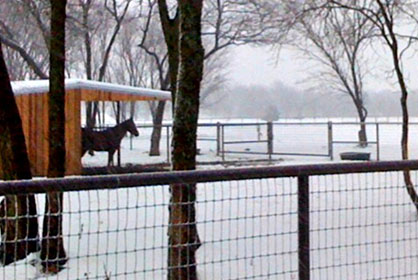
An opportunity to take a break from your beloved horses and horse farm for the holidays probably doesn’t pop up very often, but when it does the decision to step away from home is often fraught with anxiety. When horse owners contemplate relinquishing control over their precious equines’ care and custody to others, for even a limited period of time, it is inevitable that a certain amount of apprehension will exist.
Continue reading …Chronic Pain Assessment in Horses is Topic of New Podcast Episode
December 1, 2021 Comments Off on Chronic Pain Assessment in Horses is Topic of New Podcast Episode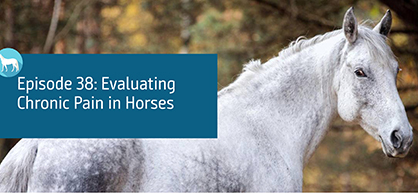
Recognizing and monitoring chronic pain in horses can be difficult, but researchers at Utrecht University are developing a tool that could make this easier for both horse owners and veterinarians. Learn more in this month’s episode of Morris Animal Foundation’s Fresh Scoop podcast, available now for streaming and download. Host Dr. Kelly Diehl, the Foundation’s Senior Director of […]
Continue reading …Research Team Proves Effectiveness of Horseback Riding For Treatment of Cerebral Palsy
November 4, 2021 Comments Off on Research Team Proves Effectiveness of Horseback Riding For Treatment of Cerebral Palsy
Most infants with cerebral palsy are spastic, and their posture is unnatural due to abnormal muscle tension, and basic activities such as walking and balance are difficult. Recently, the effectiveness of rehabilitation treatment riding horses has been gradually recognized, but the specific mechanism has not been understood.
Continue reading …New Online Medication Report Form For AQHA
October 31, 2021 Comments Off on New Online Medication Report Form For AQHA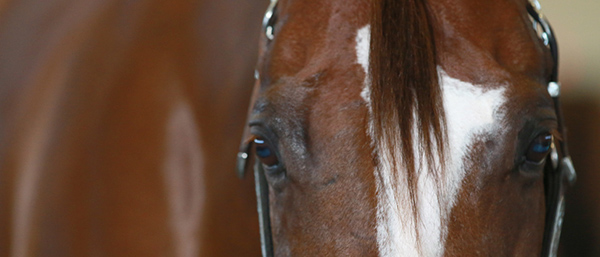
The American Quarter Horse Association is proud to announce that exhibitors can now file a Medication Report Form online beginning at the 2021 Farnam AQHA World Championship Show and AQHA Select World Championship Show, presented by Adequan® (polysulfated glycosaminoglycan); Adequan® Level 2 Championships; and Nutrena Level 1 Championships. The show is slated for October 28 – November 20 at the OKC Fairgrounds in Oklahoma City.
Continue reading …Review AQHA Guidelines For Drugs and Medications Prior to AQHA World Show
October 27, 2021 Comments Off on Review AQHA Guidelines For Drugs and Medications Prior to AQHA World Show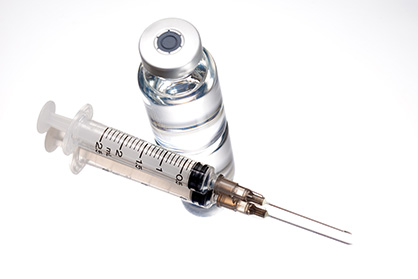
The American Quarter Horse Association releases the AQHA Guidelines and Rules for Drugs and Medications annually. This educational resource is available online to serve as an addition to AQHA’s official medications rules set forth in the violations section of the AQHA Official Handbook of Rules and Regulations.
Continue reading …Upcoming Veterinary CE Webinars- Research on Nutrition and Management of Aging, Laminitic, and Obese Horses
September 27, 2021 Comments Off on Upcoming Veterinary CE Webinars- Research on Nutrition and Management of Aging, Laminitic, and Obese Horses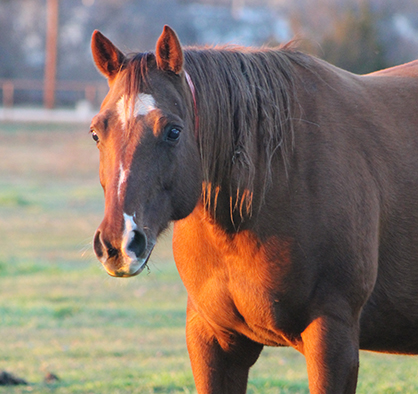
The virtual series, open to all veterinarians and veterinary technicians, will take place on three consecutive Saturday mornings from 10:00am-12:00pm EST on Oct. 30, Nov. 6 and Nov. 13. Topics will include Obesity, Laminitis and the Senior Horse covering relevant research and providing up to date nutritional advice, as well as current guidance on diagnostics. For more information and to sign up for registration information, please visit https://web.antechdiagnostics.com/equinewebinarseries.
Continue reading …